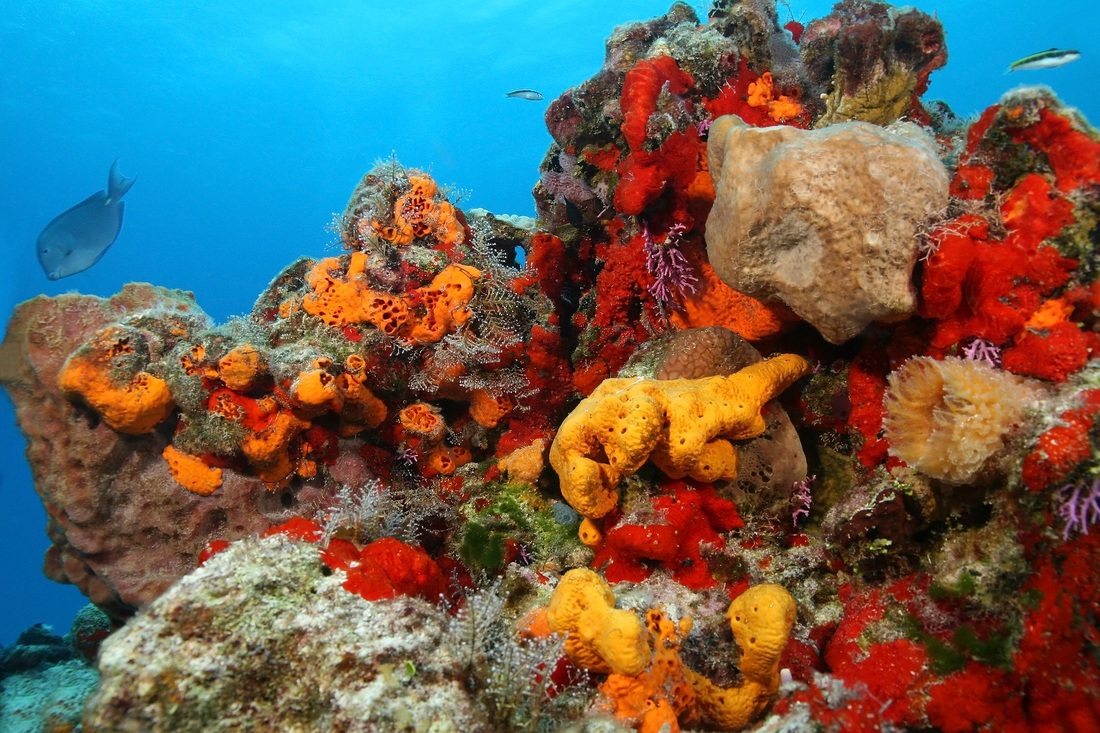

This makes the sponge gain some motion, receive food and oxygen, and dissipate waste. Tiny hairlike structures inside a flagella sponge generate currents to filter bacteria from the sponge’s cells and trap food inside them. Water filters through a sponge’s porous exterior. Some sponges also attach themselves to floating debris. The skeleton of a sponge adapts well to its specific habitat, which allows it to live on rocky surfaces or soft sedimentary surfaces like mud and sand. In this way, sponges defend the reef from variations in nutrient density, light, and temperature, which benefits other reef organisms in their survival. They excrete a form of poop that other organisms feed on, increasing productivity all over the ecosystem. Some sponge species are assumed to make carbon biologically in nutrient-exhausted coral reefs. Sponges are important creatures of coral reef ecosystems.Ī huge population of sponges can greatly affect water quality on the reef because sponges filter water, collect bacteria, and manage carbon, nitrogen, and phosphorus. They grow into very big sizes with strange shapes. Many species of sponges are also found in freshwater and estuaries.Įncrusting sponges normally cover the rock’s surface in the same way how a moss covers a rock on land.įree-standing sponges have more volume inside compared to their exterior surface area. On the other hand, most sponges are present in oceans. Sponges are simple creatures without having any issues.

Corals are complex multicellular organisms.

However, most sponges are very different organisms with dissimilar anatomy, feeding process, and reproductive processes. Sponges like corals are immobile marine invertebrate animals.


 0 kommentar(er)
0 kommentar(er)
